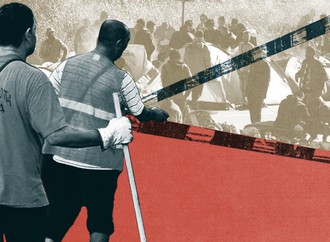Recent limitations to the freedom of movement imposed to contain the spread of COVID-19, led farmers’ organisations (as well as other employers) across Europe to sound the alarm, lamenting the sudden dearth of workers needed for highly time-sensitive harvesting. These restrictions cut across workers’ nationalities and legal statuses and were especially strict between March and June 2020, when agricultural activities normally resume after the winter. This was often portrayed by mainstream media, and perceived by the general public, as an unprecedented, generalised, and totally unpredictable crisis. However, a further, more careful look into the recent history of employment policies and trends in the agricultural sector might lead one to think again, at least as far as the Italian case goes.
A first point to note concerns the progressive substitution of the Italian-born workforce with migrants. This process has its roots in the decreasing importance of farming to the economy, which began with the industrial boom of the 1960s. Employment in agriculture has steadily decreased since then, following a mass exodus of Italian workers towards factory and tertiary jobs, while the relative weight of non-national workers grew starting in the late 1980s. Italian and more broadly EU-ropean migration policies have played a role both in fostering this substitution and in regulating the supply and mobility of new, cheap, and more vulnerable workers in the agricultural sector. These policies went hand in hand with agribusiness’ re-organization towards a neoliberal, corporate regime in which farmers’ profit margins have shrunken.
Workers have been made to bear the costs of agriculture’s restructuring of global supply chains, governed by retail giants that dictate prices and standards and by multinational corporations that monopolise the supply of seeds, fertilisers, and machinery. Salaries are often well below minimum legal standards, and very often workers’ benefit and insurance payments are partly or wholly evaded by employers. Today, in the Italian farming sector legally employed migrant workers amount to as much as a third (about 358,000 in 2021) of the workforce, with an estimated 25% more totally unregistered. These workers have very high turnover rates due to the dire work and life conditions often imposed on them.
Doubtlessly, the fact that the adoption of measures to contain the pandemic in Europe and northern Africa coincided with the period when seasonal agricultural work should have resumed after the winter break played an important role in reducing the number of available farm workers in Italy. EU citizens and more generally people originating from nearby countries (such as Morocco, Tunisia, Albania and Macedonia), who before the outbreak of the pandemic could easily get back to their place of origin (provided of course that they had a valid permit, if required), most likely got stuck in their home country. The same was true for the smaller proportion from West Africa and South Asia who had returned home for some months.
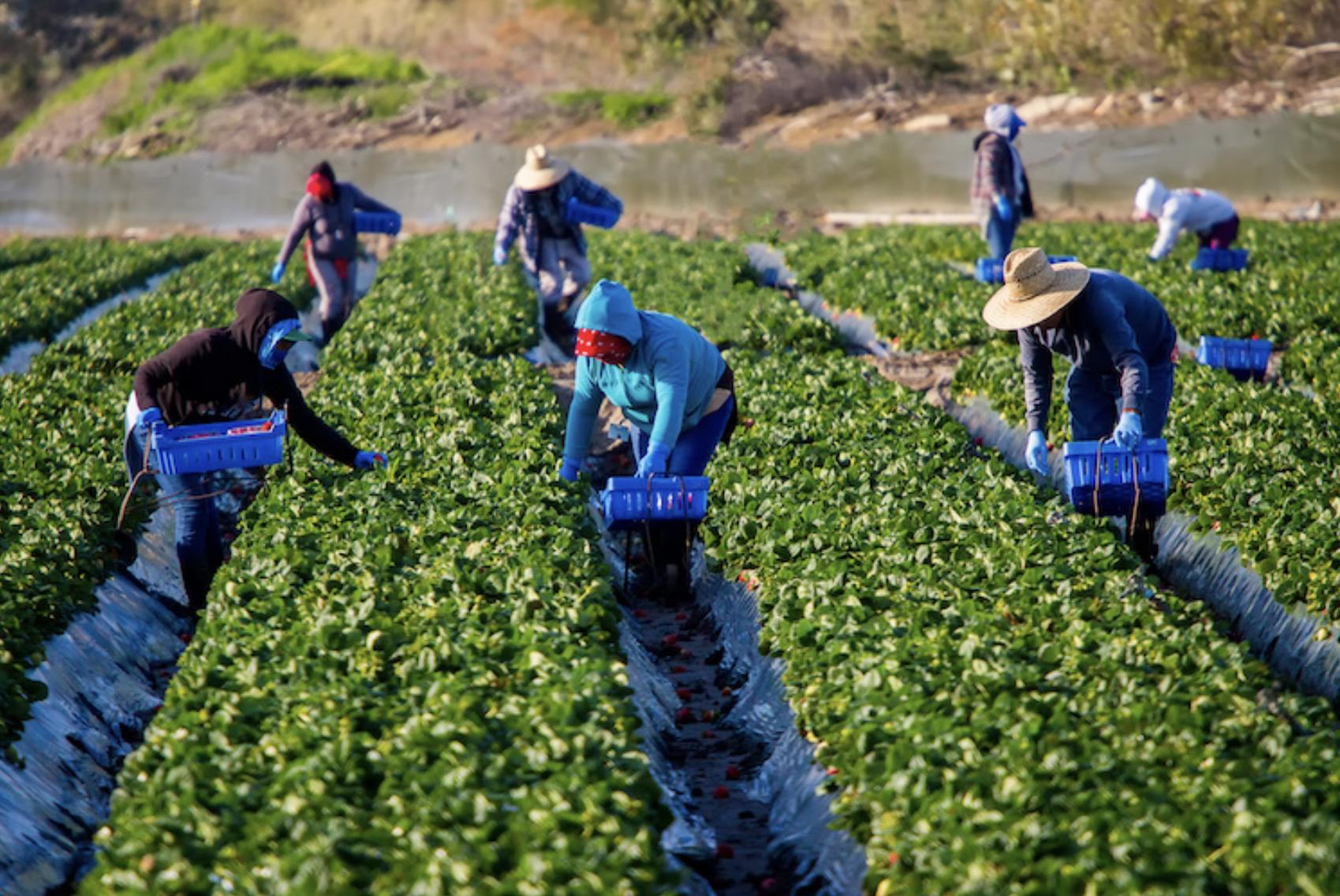
The agricultural sector suffers from a lack of manpower. Photo: F Armstrong Photo (Adobe Stock)
However, the Italian government and farmers’ associations experienced an egregious diplomatic failure in their attempt to bypass the ‘bottlenecks’ created by the closure of borders during the state of emergency. The celebrated ‘green lanes’ facilitating the entry of seasonal agricultural labour during the first lockdown, sanctioned at EU level and involving countries such as Romania and Morocco, largely fell on deaf ears. In other words, if migrant workers had wanted to get to Italian farms, they could have – but didn’t.
Indeed, the perceived lack of readily employable farm workers in Italy is not as recent as mainstream depictions make out, and has represented a recurrent (if largely ignored) refrain in the public discourse of farmers’ organisations well before the pandemic. If in 2018 migrant farm workers (both from within and outside the EU) reached an absolute peak, since then their numbers declined for three consecutive years, only stabilising in 2021. While shifting mobility regimes, tightening migration policies, and border closures clearly affected the availability of labour, migrants’ subjective aspirations played an equally crucial role. Especially those with greater mobility rights (such as EU citizens and non-EU migrants with long-term permits to stay and work, even more if across the whole Schengen area) had already started deserting Italian farms several years before the pandemic. Such exodus seems to indicate a sort of “great resignation”.
The rise and fall of Eastern European farm workers: 2000-2021
In the early 2000s, workers from various Eastern European countries - and especially from Poland, Romania, Slovakia, Macedonia, Albania, Bulgaria, Moldova, and Ukraine - increased significantly, reaching their peak in 2015 when together they made up 62% of the migrant workforce in the agricultural sector. While the overall rate of migrant farm labourers has kept rising since then (more or less stabilising after 2018, as mentioned), in 2021 the proportion of Eastern Europeans decreased to less than 44%. What these figures point to is how in the 2000-2021 cycle, currently in its descending phase, Eastern European farm workers in Italy largely substituted the local workforce, while the places they recently left vacant have been by-and-large taken up by West African and South Asian workers, whose numbers have steadily and significantly grown (as have those of Albanians, to a lesser extent) in the same period.
Thus, the perceived lack of farm labourers that appeared to suddenly catch mainstream attention in 2020 refers for the most part to specific nationalities (all Eastern European), as well as having differentially invested regions and sub-sectors of Italian agribusiness, as a consequence of the high level of territorial and national segmentation of its migrant workforce.
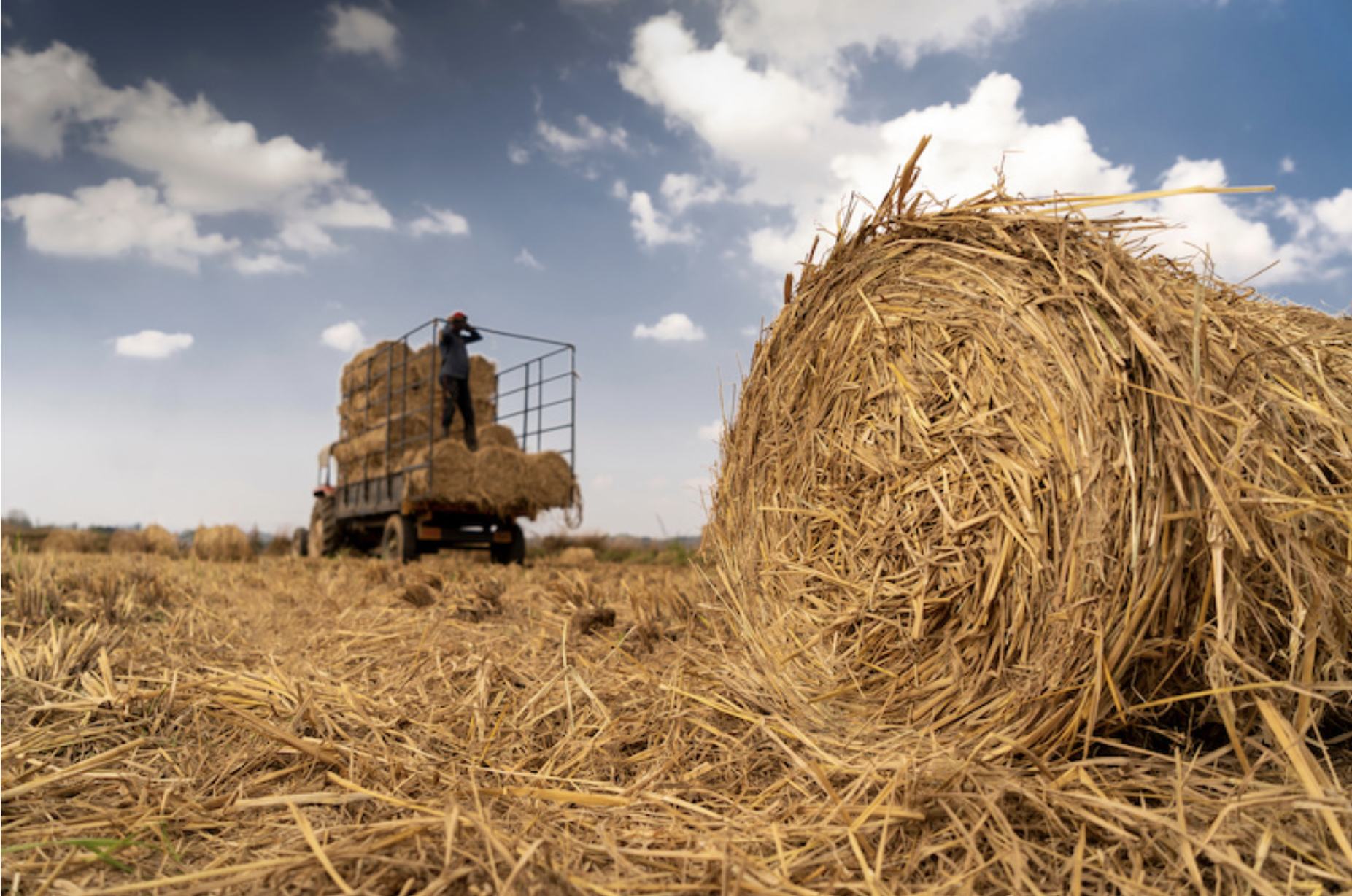
In Italy, a third of agricultural workers are migrants. Photo source: ShyamJith pattiam (Adobe Stock)
Official figures must of course be taken with a grain of salt given the high rates of irregularity in the sector, but can provide a good if rough indication on the scale of the phenomenon. In the period from 2000 till 2015, both in absolute and relative terms, it was Romanians who experienced the most prominent growth in agricultural employment, swelling from just less than 4,000 to a staggering roughly 122,500, according to official records. The most significant increase took place between 2006 and 2008, when their number multiplied fourfold, but the 2001-2002 transition also registered a marked rise, with double the workers from one year to the next. Whilst to date they are still the most numerous foreign-national group, in six years their numbers have decreased by 35%, and more markedly in southern regions. The same pattern can be identified for other Eastern European workers whose countries accessed the EU in the first decade of the 2000s.
Poles anticipated the general trend: from 2000 till 2009 their numbers increased by 23%, then started dropping steadily (-30% as of 2021). As far as the falling rate is concerned, Slovakians are the nationality that displayed the most marked drop: -64% since 2013. In the same period, Bulgarians also diminished by about 35%. Among non-EU citizens, Macedonians followed a similar pattern, as they kept growing till 2015 and then decreased, albeit less markedly. For other nationalities, such as Moldovans and Ukrainians, numbers also grew until 2013, to then more or less stabilise. Only Albanians have continued to increase the ranks of migrant farm labourers, albeit their growth rate has also slowed down in recent years.
Among the Eastern European contingent as a whole, women represent a higher percentage of the workforce than the average for transnational migrants employed in agriculture, where men are otherwise the vast majority. This is especially the case for seasonal jobs, i.e. the most precarious form of farm labour, highlighting the ways in which gender overlaps with nationality in defining patterns of substitution, vulnerability, and exploitation. Territorial distribution has been on average rather homogeneous across the country.
The EU’s shifting migration, border, and mobility policies, and indeed its very enlargement, played a crucial role in shaping such trends. From 2000 until accession, visa waivers, and territorial proximity made Eastern European workers from countries such as Poland, Romania, Bulgaria, and Slovakia somehow progressively more in demand, because of the ease with which they could move and thus supply a flexible, “just-in-time”, seasonal workforce. This was absorbed through the yearly foreign-labour quotas, adopted since 1992 but reaching significant numbers after 1998.
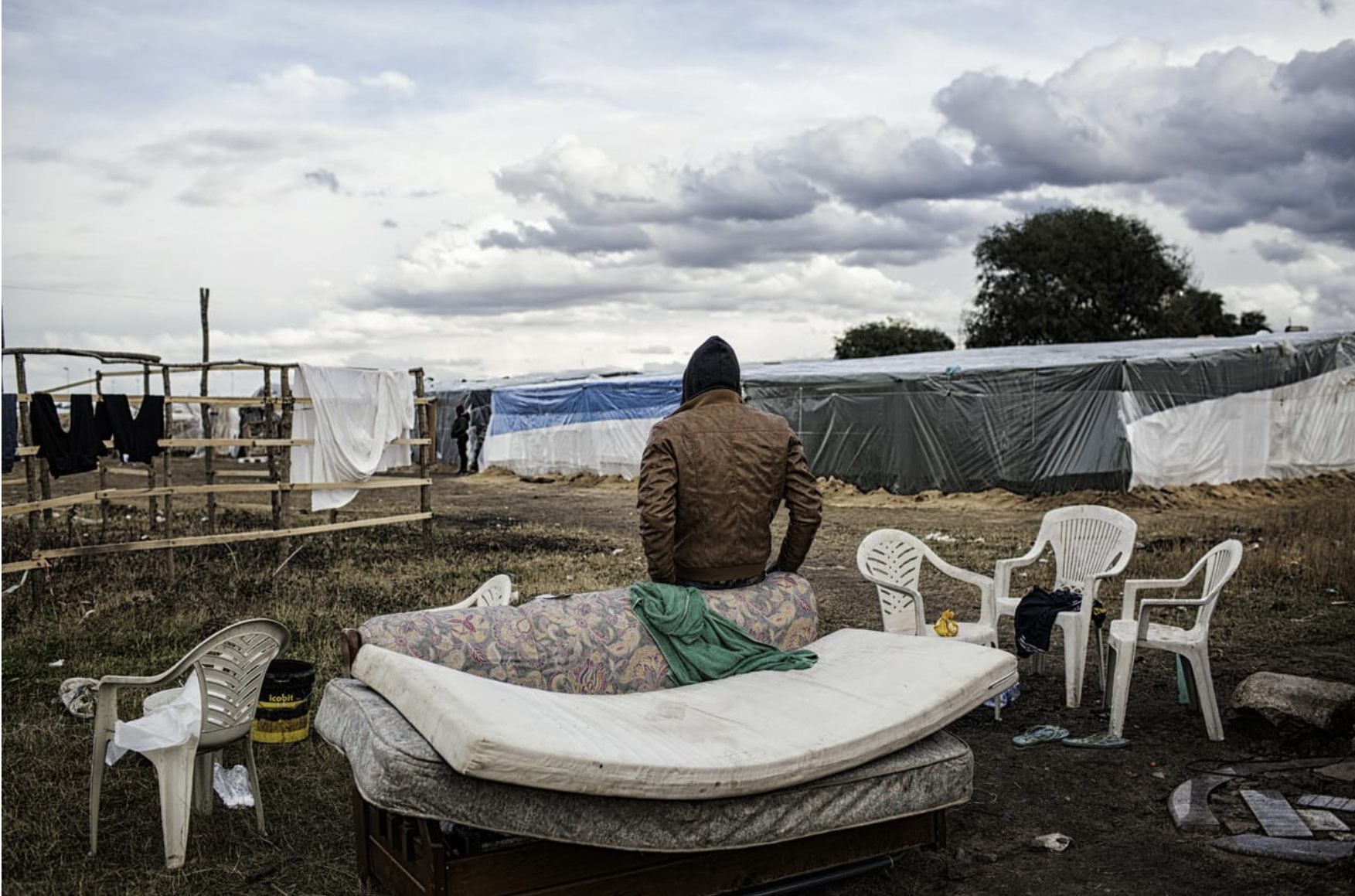
Currently, Romanian migrants remain the largest group of foreigners in Italy. Photo: Adobe Stock
Whilst Polish, Slovakian, Czech and Slovenian citizens never needed visas for short-stay entries (maximum 90 days in a 6-month period), visa waivers entered into force in 2001 for Bulgarians and in 2002 for Romanians. Yet, under no circumstances did visa waivers allow non-nationals to engage in paid activities. Thus, these policies can be seen to have facilitated the entry of migrants who must at first have worked irregularly, to only later find a way to gain the right to work through quotas. Furthermore, besides the visa waiver, the mass regularisation that was enforced in 2002 by government decree (law 30th July 2002, n. 189) also contributed to the rise of Romanian and more generally Eastern European workers between 2001 and 2003.
With their countries’ entry into the EU, such workers progressively lost access to the seasonal quota channels and began migrating informally in even greater numbers. Poland’s earlier accession (2004) explains the anticipation of the trend which later invested Bulgarian and Romanian workers, whose countries gained EU membership in 2007. In both cases, temporary restrictions were placed on the right to work, but only for citizens of those countries that obtained membership in 2004 were these applicable to farming work. From 2004 till 2006, migrants from Poland, the Czech Republic, Estonia, Hungary, Latvia, Lithuania, Slovakia, and Slovenia had to receive approval for their right to work by the Ministry of Internal Affairs. The latter was subordinated to the issuing of dedicated yearly quotas, which rose from 20,000 to 170,000 in the 3-year span. The lifting of such a moratorium was hailed with great favour by Italian farmers’ organisations, who had pressured the government towards this end for years, given the need for a flexible supply of cheap labour in seasonal harvests.
Similarly, Romanian and Bulgarian citizens were also subjected to a transitory regime after their countries’ accession, which lasted until 2012, such that for some sectors approval by the Ministry of Internal affairs was still required before workers could be regularly employed.
This, however, was not the case for agricultural and seasonal labour, among others. Such an exception further explains the sudden rise and the later decline, once liberalisation in other sectors was reached. Once more palatable, better-paid, more stable jobs became legally available, Romanian and Bulgarian migrants began to leave farms - where not only labour conditions but also housing standards are notoriously very poor.
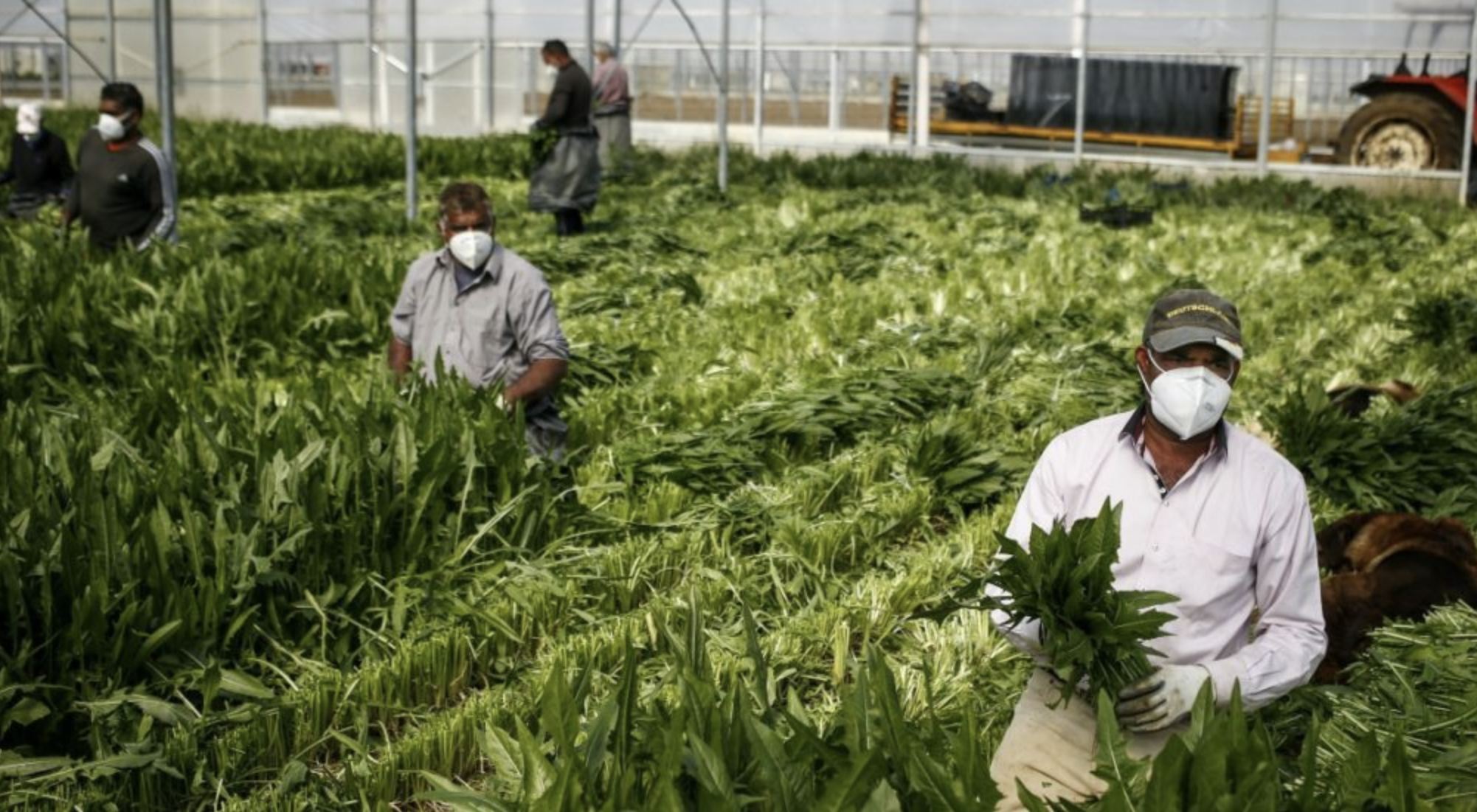
Farmer organizations have repeatedly spoken about labor shortages long before the pandemic, but their complaints have been ignored. Photo: Adobe Stock
The fact that farm labour was excluded from the transitory regime for countries that accessed the EU in 2007 is also, once again, telling of the high demand for foreign workers in this sector. Even the decrease of seasonal migrant-labour quotas, which started in 2011 and only stopped in 2018, can be related to the liberalisation of the circulation and right to work of EU citizens from newly admitted Eastern European countries. These could supply the needed labour force, sparing farmers the formalities of quotas and hence abetting the generalised breach of labour regulations characteristic of the sector.
Conversely, the recent contraction of Eastern European workers’ numbers helps explain the concomitant rise of seasonal labour quotas for non-EU workers in the last three years. Albeit still a small fraction of the total, the number of non-EU workers who obtained a seasonal permit to work in the farms has grown from previous years, possibly to partially compensate for the loss of EU farm workers. Simultaneously, a ‘zero-tolerance’ policy on migration through the Central Mediterranean route was initiated in 2017 and reached its peak the following year, further leading to a diminishing supply of cheap migrant labour, which had been abundantly recruited from such sources in the 2012-2016 period.
Indeed, at the start of the 2019 agricultural season farmers’ organisations were once again lamenting the lack of workers as a consequence of the convergence of these two trends, demanding further liberalisation of labour regulations in the sector as a solution, without success. At the same time, the perceived “lack” of farm workers flagged in public debate also conceals farmers’ heavy reliance on irregular labour by (sometimes undocumented) migrants, who do not figure in official statistics. Although in 2020 the Italian government launched another amnesty, specifically targeting undocumented farm (as well as domestic and care) labourers, out of an expected 150-200,000 only just over 30,000 self-declared farm workers applied, due to exceedingly strict application requirements and to employers’ unwillingness to regularise workers.
In many ways, the non-EU component of the agricultural workforce is artificially stuck in place - because of being undocumented or as a consequence of the restrictions that have progressively been put in place by neighbouring EU countries upon non-Schengen nationals’ right to entry, while in the Schengen area the right to work has long been barred for those who have documents from other EU countries. Non-EU migrants, in other words, can at best hope to obtain the right to work in the first EU country of arrival, but will have to wait several years (5 in the very best case) before such a right is extended to the whole Schengen area, and under very tight conditions (in many cases having a minimum income level, meeting specific housing standards, and having certified knowledge of the language) that not many are able to meet.
Restrictions on mobility for migrants who depend on a short-term permit to stay also stem from the need to renew their papers. Hence, even when they decide - as many do - to try their luck elsewhere in Europe (and particularly in countries such as France, Germany, and Austria, regardless of their formal right to work) they need to periodically return to Italy. The same goes for intra-national migrations from one Italian district to another, as often papers have to be renewed in the same place where they were first issued, due to difficulties in moving territorialised residency registration. This, together with the continuing (if at a decreasing pace) arrivals of new migrants through the central Mediterranean route, has provided a supply of seasonal labour power for agriculture, at least in some districts – and most notably in those where large numbers of asylum-seeker reception centres have been established in the past decade.

Among the natives of the Eastern European macro-region involved in agricultural work in Italy, only the number of Albanians did not decline. Photo: Adobe Stock
Another “Great Resignation”?
The migration regime has thus actively encouraged precarity, undocumentedness, and differential inclusion, pushing large numbers of migrants to seek employment in the sectors which most readily employ those deprived of the right to work, among which agriculture features prominently. Yet, the persistent tendency of workers to flee agricultural employment at the first opportunity because of its harsh conditions has invested both Eastern European and West African workers, but particularly the latter are kept in place. This also helps explain why West African and South Asian workers have been more ready to engage in organised struggles for better labour conditions, as well as to demand regularisation and a radical change in Italy’s immigration policy. Those who have mostly been enabled to seek alternatives because of their greater right to mobility (such as citizens of countries that recently gained EU membership), are clearly deserting farm labour in greater numbers, especially in southern regions.
The shifting migration regime has thus fostered their disengagement from extremely exploitative jobs as a first step into the EU labour market. At the same time, even workers from European countries that do not belong to the EU have greater chances of finding employment in other sectors, and even more often in other EU countries, but also find the option to return to their country of origin more palatable, given improving economic conditions. It is not a coincidence that the only nationality from the Eastern-Europe macroregion not to have followed a downward trend, as far as the rate of farm workers is concerned, is that of Albanians, whose country’s economy does not offer viable alternatives to most.
At the beginning of March 2020, when countries such as Romania and Bulgaria adopted severe measures to control the incoming flows of emigrants returning home, media reports from both origin and destination spoke of a mass exodus. This was particularly the case for Romanians returning from Italy, the European country where they are recorded in the highest number (about 1.1 million people in 2020), and especially from the northern regions which were both the most severely hit by the spread of the virus and host the majority of migrants. In essence, it appeared that many migrant workers could not swallow the idea of risking their life for a job - be it in the farming, construction or care sector, where most are concentrated - which in the majority of cases is severely exploitative. Romanians in particular have been migrating back to their country in great numbers in recent years (over 100,000 in the 2021-2021 period) – as have, to a lesser extent, Ukrainians, Albanians, Poles, Moldovans, and Bulgarians. Of course, as far as Ukranians are concerned the recent conflict has forced a reversal of the trend this year, that might have repercussions also on farming jobs.
Economic growth in migrants’ countries of origin, on the one hand, and the less-than-ideal conditions in which many were, sometimes literally, forced to work on farms, on the other, are certainly part of the reason for the abandonment of agricultural work. Indeed, as the Macedonian director of a farm workers’ placement agency in Italy told Chiara Busca in a recent conversation, the demand for labour is growing, while the supply is constantly decreasing. Based in the extremely wealthy Langhe district, producing Made-in-Italy delicacies such as wine and hazelnuts, he has been active for over seven years, during which he has hired about 70 seasonal labourers for winery labour each year, as well as a dozen permanent workers. In this period, salaries have not grown enough, he explains, while in many cases workers were duped, forced to provide for their own board and accommodation, or given limited shifts and no regular contracts.
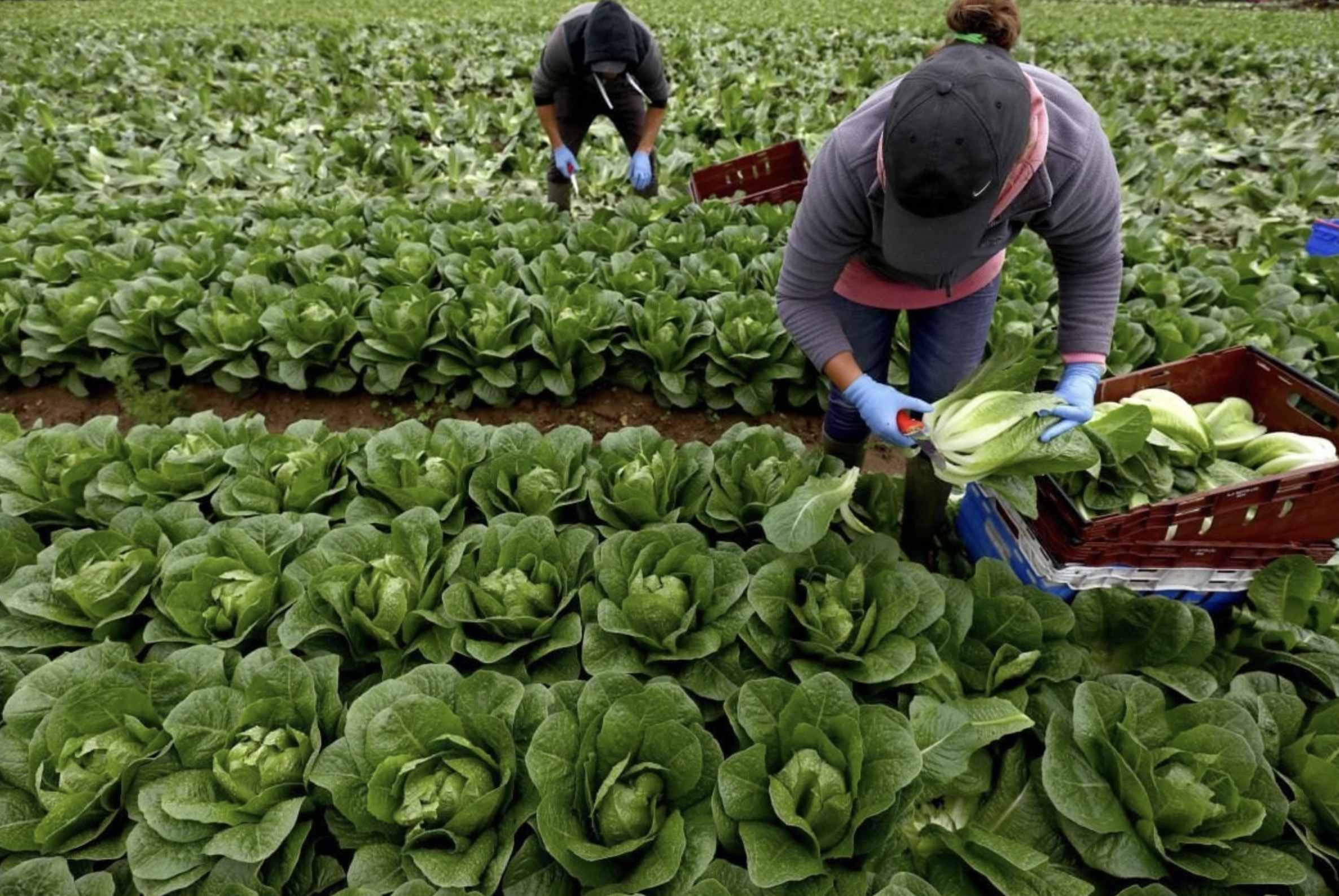
Migrants leave agriculture at the first opportunity, and sometimes the Italian labor market as a whole. Photo: REUTERS
Now Macedonians and Bulgarians (and often Macedonians with Bulgarian passports, whom he previously hired in great numbers) prefer to go to Sweden or Germany to work permanently in warehouses and plants, leaving several job-placement agencies in Italy bankrupt. Only those who cannot get elsewhere - mainly because of their non-EU citizenship and the lack of permits, or because of lack of connections and funds, as is the case with discriminated groups such as Bulgarian Roma – still work in the Langhe farms. Usually, workers only accept employment there if the agency can provide for the costs of the journey and for their upkeep in Italy – something that, as already noted, not all intermediaries are prepared to do.
In stark contrast to the failure of Italy’s “green lanes” were those established to reach the UK and Germany, where several charter flights from Romania and Bulgaria landed in the spring of 2020, filled with thousands of workers ready to harvest asparagus and other horticultural products. To be sure, in northern Europe labour conditions also proved to be worse than what was expected and promised. However, in the UK and Germany, salaries are certainly higher than in Italy, usually by twice the going rate. Other considerations, to do with the spread of the virus and the country’s healthcare response, might have played a role in influencing workers’ choice, at least as far as Germany is concerned.
In general, it is clear that all migrants are deserting farms, and in some cases the Italian job market altogether, whenever possible. Chances and rates of flight are dictated by a conjunction of factors, from differential, policy-driven ease of mobility to unequal economic conditions in the countries of origin, variations in the number and kind of transnational connections and in forms of racialised, gendered, and religious discrimination. Overall, the current crisis in migrant labour supply reinforces the trend towards that “great resignation” which has invested job markets across the post-industrial world, albeit with characteristics and contours that are specific to the farming sector and the national labour market.
To what extent such desertion will have consequences in terms of salaries and more generally work conditions, and in reshaping agribusiness, remains an open question, although some signs already point to improvements. While these do not seem to be enough to draw migrant workers back, newly impoverished and displaced populations (such as Ukranians, perhaps) may come to replace them. Employers, for their part, have to some extent resorted to increasing mechanisation to compensate for the loss, at a moment in which retail-driven agribusiness is consolidating in favour of larger farms, at the expense of small property. New expulsions (e.g. from land and jobs) and dispossessions (such as further welfare cuts) are on the horizon. Perhaps mass exodus is not a long-term solution, but so far it certainly has proved the best for many.



